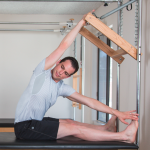Issue #250 – Wednesday, December 12, 2018
My Imposter Syndrome!
By Adam McAtee
Truth be told, after nearly a decade of teaching Pilates, I continue to experience “Imposter Syndrome” – a pervasive perception of fraudulence, insecurity, and not being good enough despite one’s accolades and achievements.
When I walk into the Pilates studio with a full day of clients ahead of me, I choose to forgo creating a prescribed routine for each session and I do not have an idea of what apparatus or props will be utilized. I often feel sense of fraudulence for not pre-planning my sessions, but the reality is that I do my best work in the moment, and I am here to validate those who may have a similar experience. There is nothing wrong with pre-planning a session as there is great value in doing so, and I honor those of you whom identify with that process. I would also like to invite you to have an open mind and honor an alternative approach to guiding a student through a Pilates session.
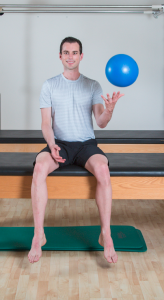 As my day of teaching begins, I simply walk into the studio, feel the space around me, and breathe. This is when I have a choice to either listen to the voice in my head that says, “You’re not a real teacher, other teachers would have prepared for this and know exactly what to do” or I can trust the process as it unfolds in front of me. What is delightful about this moment is that I get to choose how I feel – we all create our realities. We have the choice to generate a scene in which we are an imposter posing as a Pilates teacher or we can choose to allow the thought to pass while simply being present when the student walks through the door.
As my day of teaching begins, I simply walk into the studio, feel the space around me, and breathe. This is when I have a choice to either listen to the voice in my head that says, “You’re not a real teacher, other teachers would have prepared for this and know exactly what to do” or I can trust the process as it unfolds in front of me. What is delightful about this moment is that I get to choose how I feel – we all create our realities. We have the choice to generate a scene in which we are an imposter posing as a Pilates teacher or we can choose to allow the thought to pass while simply being present when the student walks through the door.
True presence is a state of heightened attention and awareness to one’s environment in their moment-to-moment experience. When we are present for our clients, it creates the space to home in on their state of being as they approach us. A client that walks into the studio out of breath while finishing a business call may require a contrasting approach compared to one who peacefully strolls in. The individual who easily removes their shoes while swiftly putting their belongings away may need something different than they did a few days ago when they were painfully removing their footwear. So, when they say, “Okay, I’m ready” and impostor syndrome knocks on the door, what do we do? I say we honor the intuitive badass that we are.
As the initial conversation progresses, did they naturally gravitate to an apparatus?
Okay, then let’s start there – the body has spoken.
As they lie down on the Reformer for footwork, are there any groans or comments?
Noted.
Did they open the carriage prior to settling in?
Seems like a good time to go to our breath – that’s how we will integrate the mind and body for now.
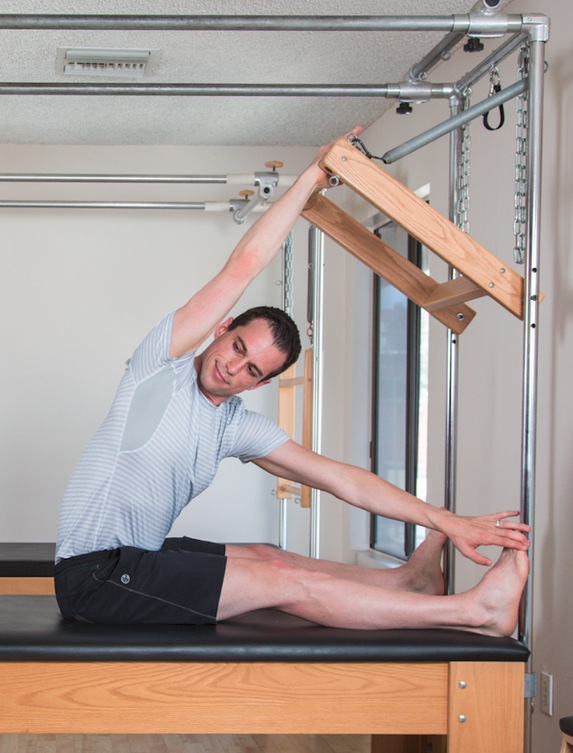
This can go countless ways but, for me, the prescribed list of exercises I would have prepared would more than likely have been tossed away within the first few minutes. This is the mark of intuitive teaching, being in the moment with the student in front of us and creating a movement experience accordingly. Is this the only acceptable approach to teaching? Absolutely not, but there is great value in it.
One of the original intentions of this work was to coordinate the spirit, mind, and body, but far too often we omit the spirit and mind while focusing solely on the body. We do best when we work with the entire individual. What if someone’s inability to achieve the roll-up had to do with their mindset? If so, not only are we going to address the biomechanics of the roll-up, but an underlying theme of the session may be about providing ourselves permission to reach our fullest potential.
It is challenging to articulate what intuitive teaching is, but it is known when it is felt. Any words that describe it simply limits it to an intellectual level. To me, it is an ever-changing feeling that requires an ability to create inner space in order to be in the moment. For example, as footwork progresses, a student may choose to ask a seemingly unrelated question such as, “Have you eaten at that new restaurant in town yet?” This question could be due to many things, but I often notice that it’s right when their mind begins to notice their body doing work – a form of dissociation. Feeling the body do work can be intimidating (if not downright foreign) to many students and can breed an “exercise is torture” mantra. This common limiting belief may hinder the potential success of the student regardless of the selection of exercises they perform. Pilates can be a torturous procedure to be endured, or it can be an embodied experience of increasing one’s vitality and lust for life. To identify a limiting belief in a student may be crucial to their accomplishments, and we have the opportunity to shed light on it and challenge its validity. You won’t find a chart of limiting beliefs in the Pilates repertoire, yet is is essential in the congruence of the spirit, mind, and body. When you challenge a student’s confining beliefs, it opens a gateway to catalyze their progress.
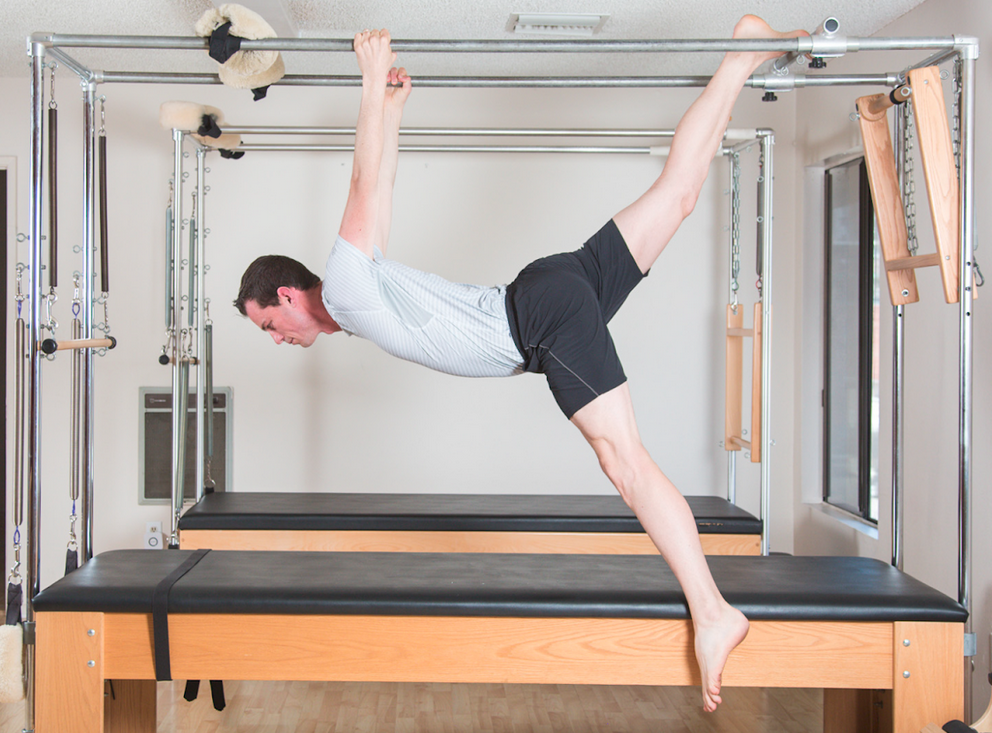
We’ve all been there when the student says, “There’s no way I can do an upside-down push-up on the Wunda Chair” and then 30 seconds later there they are getting the paddle up. Who cares what it looked like, the incongruence of their mind and body was just exposed and their limiting beliefs were debunked in the matter of seconds. As teachers, we can shed light on the contrast between their mind’s beliefs and their body’s capabilities. If the message of their mindset limiting their movement practice can resonate, it could have a profound impact on their lives. If their mind says that can’t do an exercise that they actually can perform, what about the company they believe they can’t start, or task that they “aren’t good enough for?” Where else has this belief confined them
As Pilates teachers, we not only have the opportunity to improve our students’ movement patterns, but we can have a lasting impact on their lives. We can shed light on their belief systems, point out limitations, and encourage them to give themselves permission to reach their fullest potential, but first we must provide ourselves permission to reach our own.
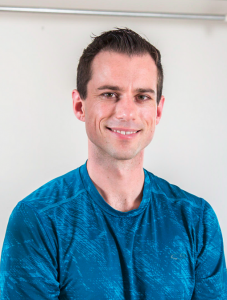 Adam McAtee has been teaching Pilates since 2010 and is classically certified through The Pilates Institute of Southern California. With his lust for further education Adam has chosen to pursue a Bachelor’s of Science in Kinesiology Exercise Science at California State University Long Beach in which he is currently enrolled.
Adam McAtee has been teaching Pilates since 2010 and is classically certified through The Pilates Institute of Southern California. With his lust for further education Adam has chosen to pursue a Bachelor’s of Science in Kinesiology Exercise Science at California State University Long Beach in which he is currently enrolled.
Adam has spent his years teaching in boutique studios, big box gym, schools, as well as physical therapy clinics. Through the diversity of these settings Adam has expanded on his classical training to include more contemporary as well as therapeutic exercises to add more tools to his tools box. To get in touch with Adam you reach out to his instagram feed @Adam_McAtee_Pilates

